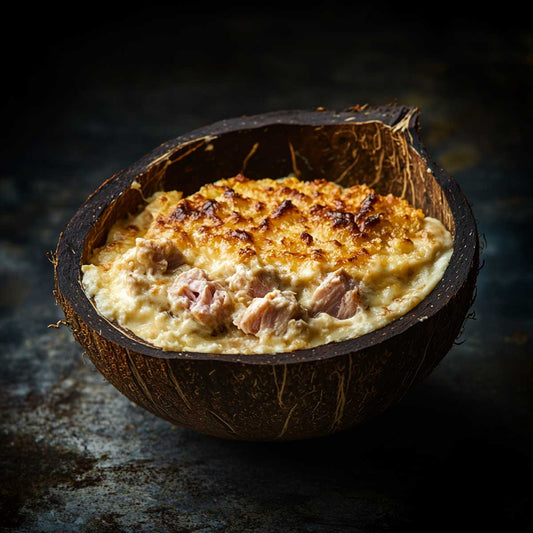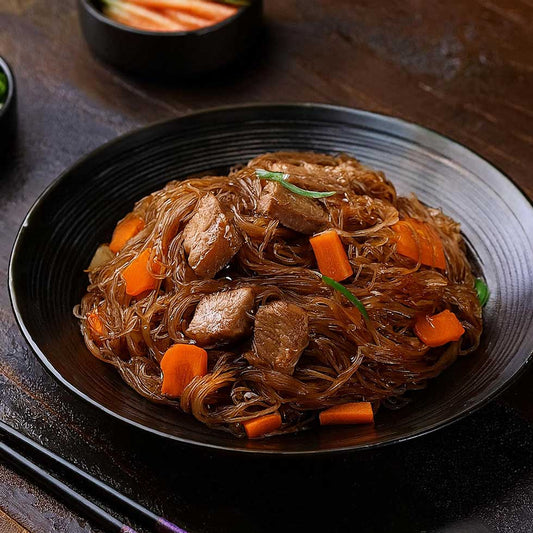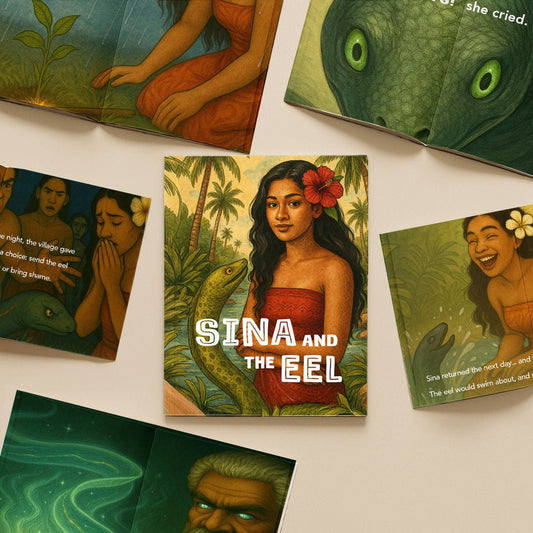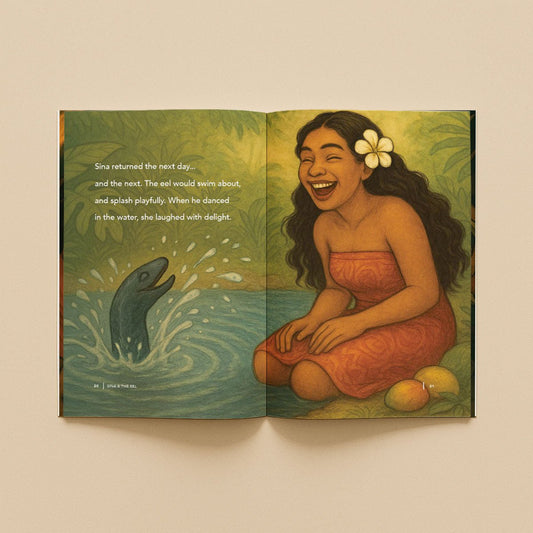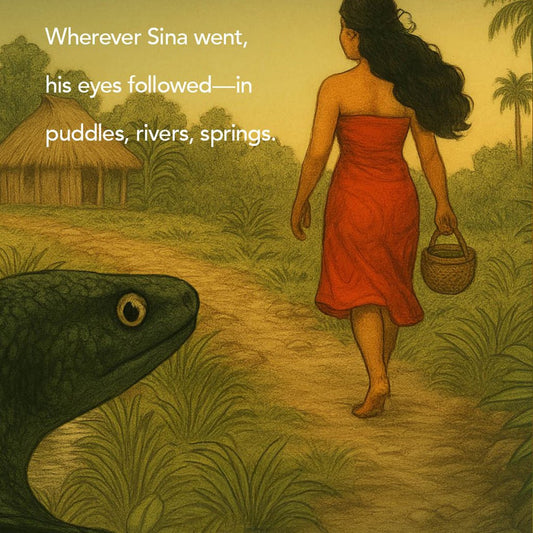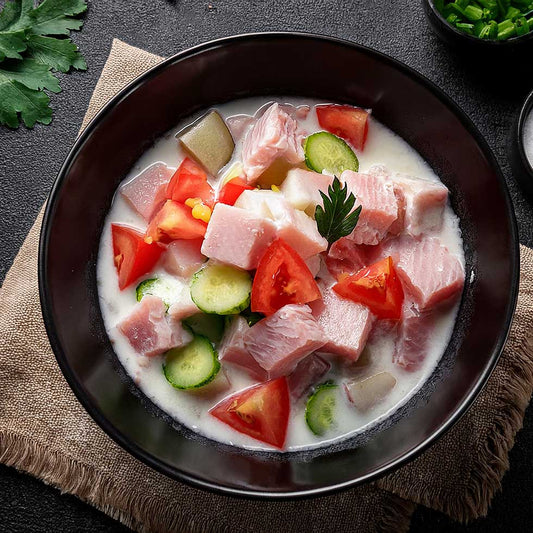Samoan vs. Hawaiian: Unraveling the Distinct Identities of Polynesian Cousins
The vast expanse of the Pacific Ocean, often called Moana Nui, is home to a family of nations known collectively as Polynesians. Among the most cherished and globally recognized are the Samoans and the Native Hawaiians (Kanaka Maoli). To the world, they share the hallmarks of Polynesian culture: fierce strength, deep connection to the ocean, and captivating traditions.
Yet, a journey through their histories and cultural practices reveals profound distinctions. While both trace their lineage back to the same voyaging ancestors, their paths diverged millennia ago—Samoa evolving in the "cradle" of West Polynesia, and Hawaiʻi developing in the far-flung northern tip of the Polynesian Triangle. This separate evolution, influenced by unique island environments and differing historical contacts, forged two distinctly magnificent cultures: Faʻa Sāmoa (The Samoan Way) and the traditional Hawaiian philosophy centered on Aloha and Mālama ʻĀina (caring for the land).
This article explores the ancient ties that bind them, and the striking differences that define their unique heritage.
The Polynesian Ancestry: Divergent Migration Paths
The shared story of Samoans and Hawaiians begins with the Lapita people, the ancestors who migrated eastward across the Pacific approximately 3,000 years ago. This journey of exploration resulted in the settlement of the Polynesian Triangle.
Samoa: The West Polynesian Cradle
Samoa, along with Tonga and Fiji, was settled early in the Polynesian expansion, around 1000 BCE. This region is known as West Polynesia. The Samoan archipelago became a major cultural and linguistic hub during a period known as the "Long Pause," where the core Polynesian identity was firmly established and refined before the next major voyages began.
- Stability and Influence: The Samoan islands served as a central point of interaction and exchange with neighboring islands for centuries, leading to a complex, resilient, and enduring cultural system.
Hawaiʻi: The Northern Frontier
The ancestors of the Native Hawaiians were part of the Eastern Polynesian migration. Setting sail from central islands like the Marquesas and the Society Islands, these epic voyagers reached the remote Hawaiian archipelago, likely between 400 and 700 CE. This was one of the last corners of the Polynesian Triangle to be settled.
- Isolation and Adaptation: The extreme isolation of Hawaiʻi, thousands of miles from the nearest settled islands, forced the settlers to adapt their tropical culture to a unique volcanic and sub-tropical environment, resulting in distinct social and religious practices.
In short, Samoans are the direct descendants of the earliest Polynesians who stabilized their culture in the West, while Native Hawaiians are descendants of a later generation of voyagers who sailed further and developed a distinct culture in isolation.
Language: Gagana Sāmoa vs. ʻŌlelo Hawaiʻi
The linguistic differences, while subtle to the untrained ear, reveal their long separation. Both Gagana Sāmoa and ʻŌlelo Hawaiʻi belong to the same Polynesian family, yet Hawaiian is considered an Eastern Polynesian language while Samoan is a Samoic-Outlier language.
Phonology: The Sound of Separation
Hawaiian has one of the smallest sound inventories in the world, utilizing only 13 phonemes (5 vowels and 8 consonants, including the glottal stop and macron). Samoan retains more of the original Polynesian consonants.
A comparison of key words illustrates the "loss" or "merging" of sounds that occurred in the Hawaiian language over centuries of isolation:
| Concept | Samoan (Gagana Sāmoa) | Hawaiian (ʻŌlelo Hawaiʻi) |
| Taboo / Sacred | tapu | kapu |
| East | sā-uta (inland) | hikina |
| Man / Person | tagata | kanaka |
| Outrigger Canoe | vaʻa | waʻa |
The k/t shift (e.g., *tangata becoming kanaka) and the l/r shift are two classic linguistic features distinguishing Eastern and Western Polynesian languages, showcasing the depth of their separation.
Societal Structures and Cultural Pillars
The two cultures are fundamentally distinct in their governance, spirituality, and artistic expression, largely due to their differing experiences with both internal evolution and external forces.
Faʻa Sāmoa: Chiefdoms, Service, and the Matai System
Faʻa Sāmoa, "The Samoan Way," is arguably the most intact and successful traditional governance system remaining in Polynesia. It is a highly collectivist society centered around the ʻaiga (extended family) and the faʻamatai (chiefly system).
- Matai (Chiefs): Chiefs are elected by the family to serve their community, manage communal lands, and represent the family in the village fono (council). The power is distributed and earned through tautua (service).
- Tatau (Tattooing): The hand-tapped Samoan tattoo is a sacred commitment to Faʻa Sāmoa. The peʻa (men) and malu (women) are complex, high-status markings that symbolize commitment to service and family.
- Religion: Modern Samoa is deeply Christian, though Samoan culture and the church are profoundly interwoven.
Traditional Hawaiian Culture: The Ahupuaʻa and Aliʻi Nui
Traditional Hawaiian society (Kanaka Maoli culture) was highly centralized and structured around the ahupuaʻa, a distinct land division that ran from the mountains to the sea. This division ensured every community had access to all necessary resources.
- Aliʻi (Royalty): Hawaiian society was governed by a powerful, hereditary royal class known as the Aliʻi Nui. Their authority was tied to mana (spiritual power) and lineage, a stark contrast to the elective nature of the Samoan matai system.
- Kapu System: The Kapu system (similar to tapu/taboo in other Polynesian islands) was an extensive code of religious and social laws that regulated all aspects of life, strictly separating the sacred and the profane, and was central to the Aliʻi’s authority.
- Hula: More than a dance, the Hula is a form of prayer and storytelling, preserving genealogy and historical events through movement, chant (oli), and music.
Mythology and Gods: Pantheon Differences
Both mythologies share the demi-god Māui, but the pantheon of gods evolved to suit their unique environments.
- Shared Heroes: Both cultures tell stories of Māui fishing up islands and slowing the sun, linking them through a profound cosmological narrative.
- The Hawaiian Pantheon: The Hawaiian four major gods—Kāne (Creation/Sky), Kū (War/Male Pursuits), Lono (Peace/Fertility), and Kanaloa (Ocean)—are prominent. Unique to Hawaiʻi is the famous volcanic goddess Pele, a deity born from the geology of the islands themselves.
- The Samoan Pantheon: Samoan mythology is often centralized around the creator god Tagaloa (similar to Kanaloa but with a wider creation role) and the warrior goddess Nafanua, who holds significant status in the historical wars between districts.
Modern Identity and External Influence
Perhaps the most significant difference between Samoan and Hawaiian identity today is the nature of their relationship with external powers.
Samoa: The Independent Nation
The vast majority of the Samoan archipelago—the nation of Samoa (formerly Western Samoa)—is an independent country, having achieved sovereignty in 1962. This independence has allowed Faʻa Sāmoa to remain the foundation of its political and social life, preserving its traditions with remarkable consistency. American Samoa remains an unincorporated territory of the United States.
Hawaiʻi: The American State
The Kingdom of Hawaiʻi was overthrown in 1893, leading to annexation by the United States and eventually becoming the 50th U.S. state in 1959. This history of colonization and statehood resulted in a severe decline of ʻŌlelo Hawaiʻi and the Kapu system. However, the last few decades have seen a powerful and successful Hawaiian Renaissance, where cultural practitioners are actively revitalizing the language, Hula, and traditions, bringing them back to the forefront of modern Hawaiian life.
A Heritage of Resilience
The Samoan and Hawaiian people are a testament to the incredible resilience of the human spirit. They are two distinct cultures, each bearing the marks of their independent evolution. Samoa, a sovereign nation whose culture is defined by service and a communal chiefdom; and Hawaiʻi, a unique island culture defined by its high royalty, Kapu system, and a modern renaissance fighting to preserve its unique heritage within a dominant national framework.
They are not the same, but they are forever connected by the ancient seafaring spirit of the Polynesian ancestors, and their shared cultural wealth enriches the entire world.
Explore and connect with the heart of Polynesia. From the strong traditions of Samoa to the enduring spirit of Hawaiʻi, honor the legacy of the Pacific voyagers. Click here to shop products that celebrate the rich heritage of the South Pacific.






